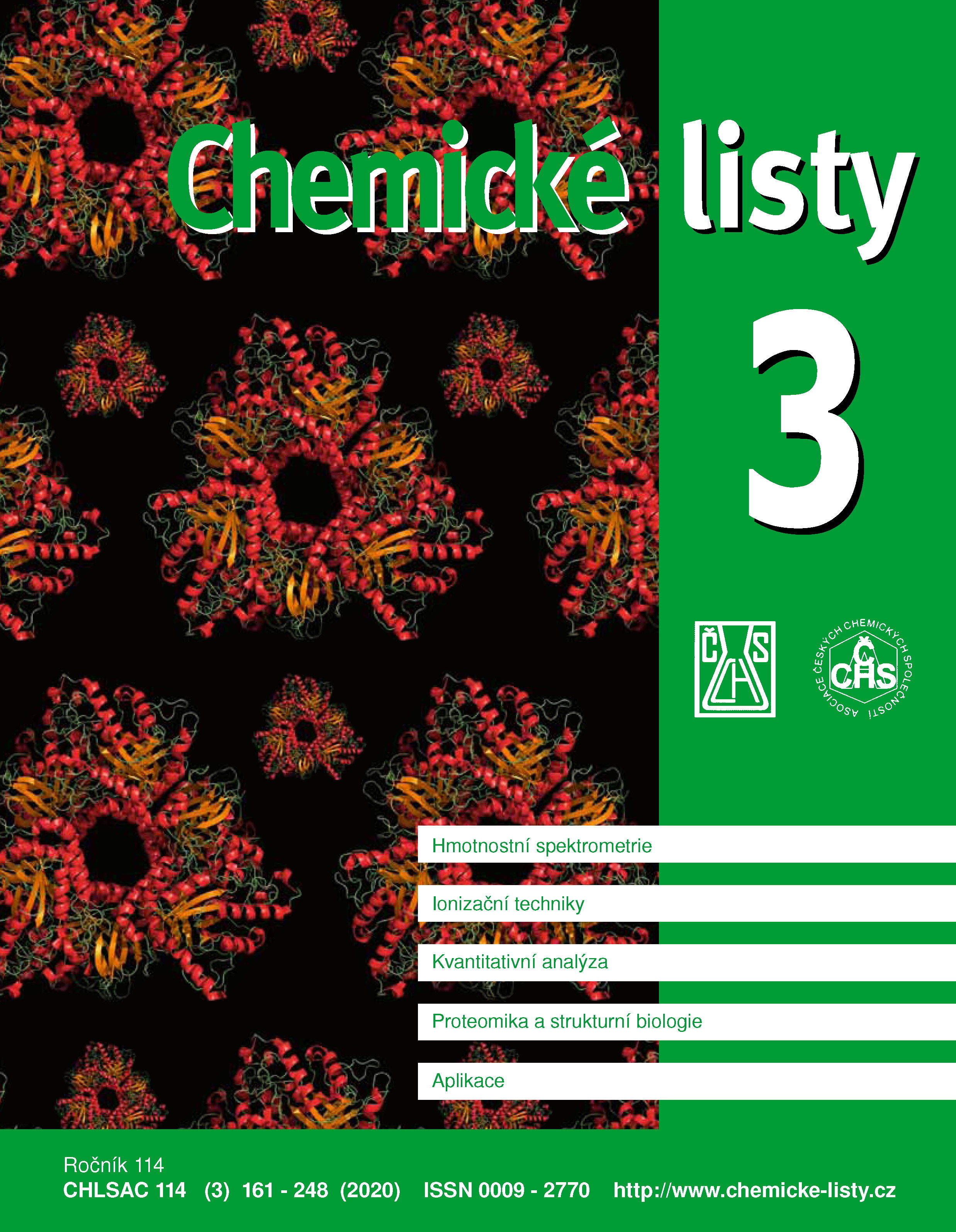Separation of Isomeric Compounds by Vacuum UV Detector
Keywords:
vacuum ultraviolet detector, resolution, isomer, coelutionAbstract
Although mass spectrometry has been utilized in a variety of applications, some limitations do exist where isomeric, isobaric, small, labile, or co-eluting compounds are analyzed. In this paper, a vacuum ultraviolet spectroscopy detector for gas chromatography (GC-VUV) is reviewed. The instrumentation is capable of quantitative and qualitative analysis of a wide variety of chemical compounds including hydrocarbons, permanent gases, fatty acids, pesticides, polychlorinated biphenyls, estrogens, explosives, psychoactive substances, and photoinitiators. Many chemical substances absorb UV radiation, have characteristic absorption cross-sections in the gas phase at a wavelength of 120–240 nm and can yield a unique absorption spectrum. Compound characterization thus can be accomplished by matching the captured VUV spectrum against the library of reference spectra. A potentially useful feature is the ability to deconvolute overlapping signals and to discriminate co-eluting analytes. If the VUV absorption cross-sections for chemical compounds are known, the accurate number of molecules in the detector (even without calibration) can be determined from the absorption signal.





